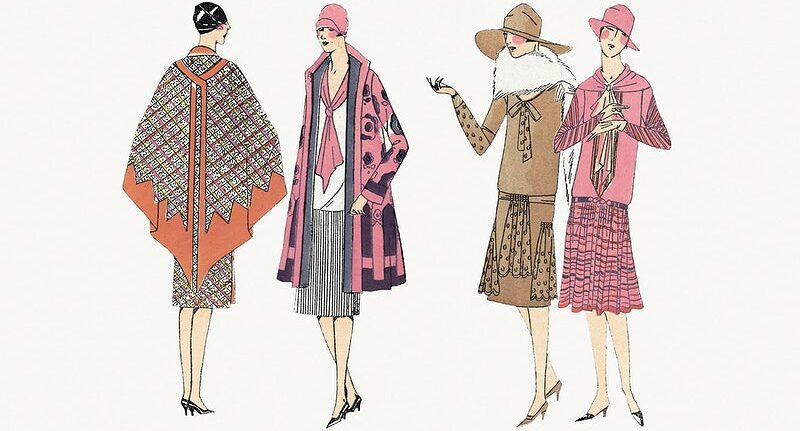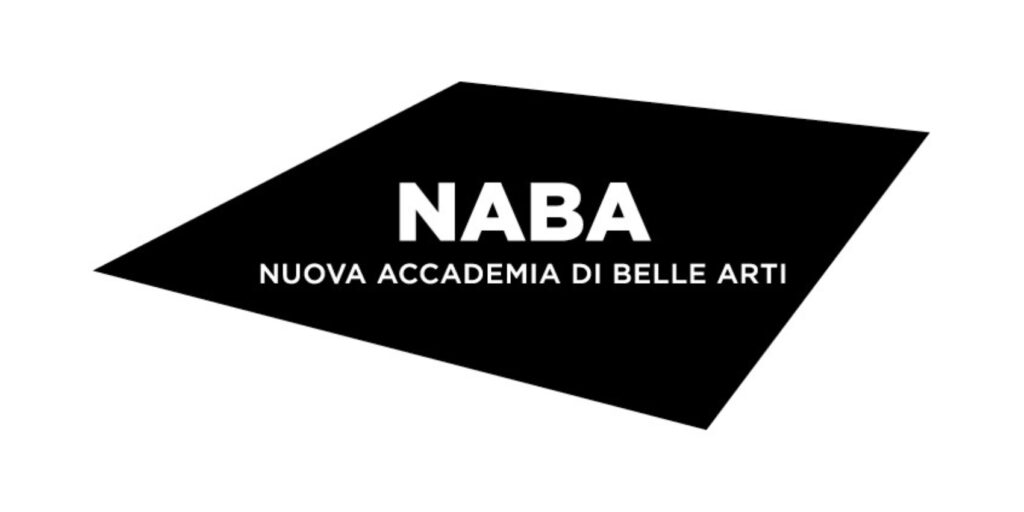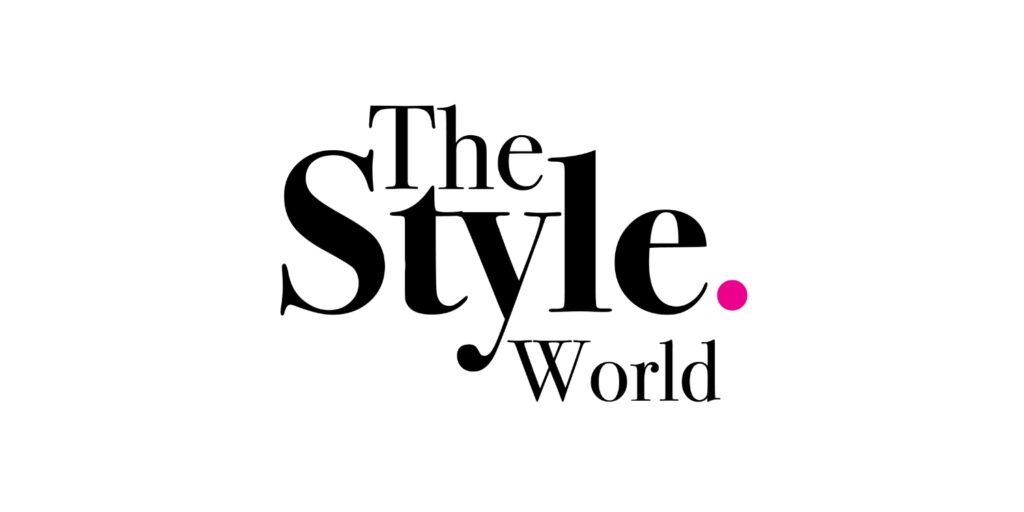What Exactly is Fashion Communication? Everything you Need to Know.
Jd Institute
- March 29, 2023
- 4 min read
- Blogs

Introduction
In fashion designing, draping is something you must know as a fashion enthusiast. The question is, what does draping in fashion designing mean? The purpose of this article is to provide an overview of draping, the draping process, and the significance of draping in fashion design.
The fashion industry usually drapes its garments on muslin (a cheap, unbleached, loosely woven cotton fabric) before cutting patterns in real fabric to resolve any design or fitting problems. In order to drape a garment correctly, it should be used using a fabric that has similar drape characteristics, such as the way it falls and folds. This is similar to the fabric of the final product.
What is Draping in Fashion Designing?
The role of draping in fashion design is crucial. The process of draping for fashion design involves positioning and pinning fabric on a dress form to create the structure of the garment. A fashion designer can drape a garment using a design sketch as a guide, or he or she can experiment with the way fabric falls to create new designs. The sewing pattern is then created using the fabric that was draped over the dress form.
It is typical for fashion designers to drape garments in sections (for example, front bodices, back bodices, front skirts, back skirts) and only to drape the right side when the apparel design is asymmetrical.
What is the Draping Process in Fashion Design?
Draping for fashion involves the following steps:
- Preparation and cutting of muslin pieces. A grain line or other important reference line is marked, measured, torn, blocked, blocked, pressed, or marked with other important reference lines.
- It is now time for the actual “draping.”. Darts, tucks, gathers, etc., are formed by positioning the fabric onto the dress form.
- As soon as the desired design is achieved, seam lines, darts, etc., are marked on the muslin while it is still on the dress form.
- After marking, the dress form is removed, and the muslin is laid flat on a table for “truing”. The process of aligning, smoothing out, and completing markings is called trueing.
- It is then necessary to add seam lines and remove excess material after the truing has been completed.
- Once the muslin is pin-tucked together (with all darts pinned), the dress form is placed back on top to inspect the fit and drape for any additional parts.
- During the drape process, all pieces of the garment are pinned together so that an accurate fit can be checked on the dress form.
- A sewing pattern for a garment is created once all seam lines, grain lines, markings, notches, etc., have been transferred to paper by the apparel designer who is satisfied with the fit and appearance of the pinned garment.
What is the Significance of Draping in Fashion Design?
In order to create a great fit, apparel designers must master draping. Clothing samples that don’t fit well can be identified by a designer who understands how darts and seams create shape and advises the factory on how to correct the issue.
Fashion companies, high fashion houses, couture houses, evening wear companies, and lingerie companies use draping to create most of their garments.
There are also some apparel designs that can’t be fabricated via flat patternmaking and must be draped first. It is also necessary to experiment with fabrics in a dress form before making any decisions.
Conclusion
Draping for apparel design may seem like a challenging and tedious process, but it is actually one of the more creative parts of the process. There are several design elements that fashion designers can experiment with, including darts, tucks, and other design elements with draping.
Read https://jdinstituteoffashiontechnology.com/history-of-sari-and-draping-styles/ to learn more about fashion draping styles.






